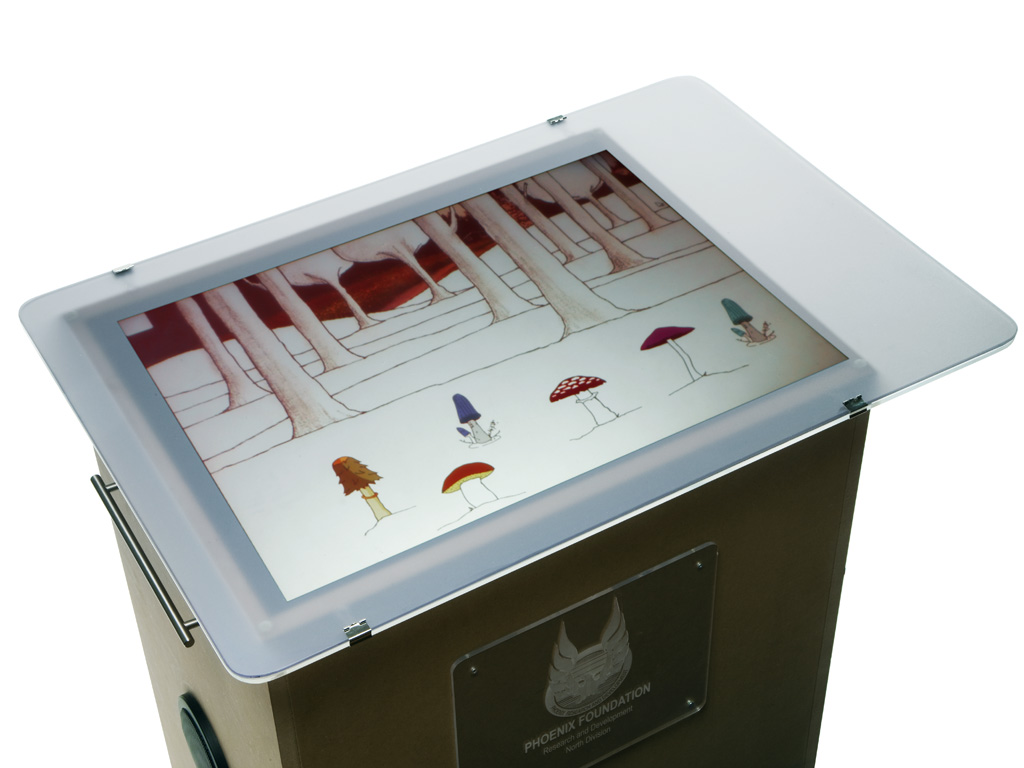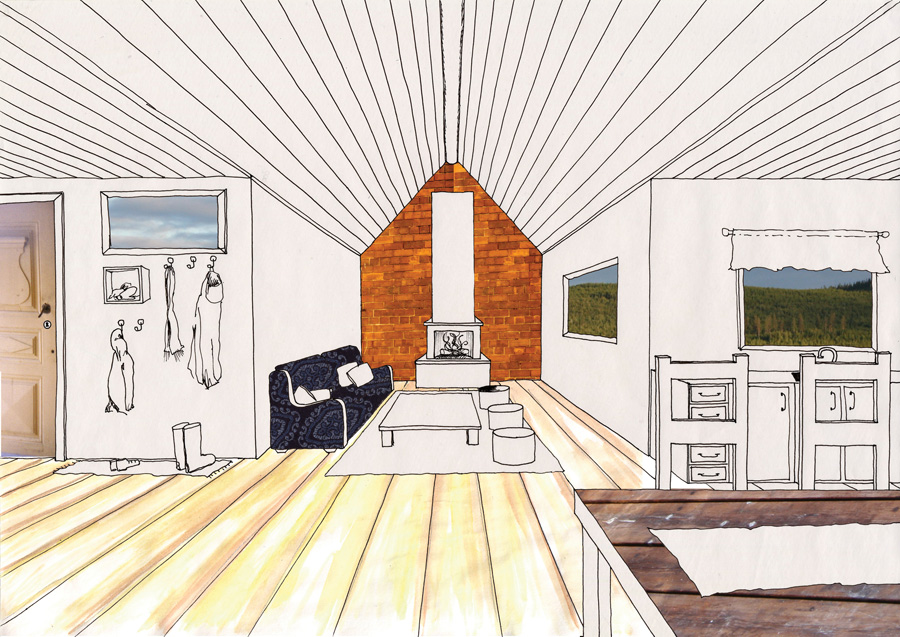I'm working with a few students who have multiple special needs who are in need of assistive communication technologies that are not expensive. Although my first idea was to look at eye gaze technology, the possibility of face tracking is also appealing. Take a look at the following video from SeeingMachines, a commercial company:
SeeingMachines offers a free version that doesn't provide all of the features I'd need.
The HeadMouse concept is something that I think has potential.
The $$$ option is the HeadMouse Extreme. It provides head-controlled wireless computer access, and uses a wireless optical sensor that tracks a disposable target that can be affixed to glasses, a forehead, or hat. The resolution is very precise, and allows control over a range of activities such as graphics work, CAD, and gaming, in addition to typical productivity tasks.


Photos are from the Origin Instruments website, where you can find additional information about the HeadMouse Extreme system as well as other assistive technology and augmentative communication systems.
Alternative to HeadMouse Extreme:
HeadMouse2 is an open-source project from the Grupo de Robotica at the University of Lleida in Spain. The free software works with Virtual Keyboard, another free application.
Here are the links:
HeadMouse2
Virtual Keyboard
FREE, LOW-COST, AND OPENSOURCE ALTERNATIVES
COGAIN
COGAIN stands for Communication by Gaze Interaction. This group was created to overcome the current problems in research and development in the field that include software that works solely with a certain eye tracking device, and in the process, contribute to bringing down the price of eye tracking systems so that more people will benefit from this technology.
The COGAIN website provides a list of open-source gaze tracking, freeware, and low-cost eye tracking resources. There is enough information available for DYI purposes:
Open Source Resources
COGAIN's Early Language and Literacy Resources
Links to books and games can be found on the COGAIN Early Literacy web-page. Children in the Picture collaborated with COGAIN for some of the literacy resources.
- Note: "Scope's In The Picture campaign is about encouraging publishers, illustrators and writers to embrace diversity - so that disabled children, who have been virtually invisible until recently, are included alongside others in illustrations and story lines in books for young readers."
Gaze-Aware Systems, Attentive Interfaces, and Applied Eye Tracking
Research Papers, Bibliographies, Article Collections
COGAIN's Links
COGAIN's Downloads
More to come!













